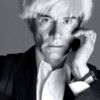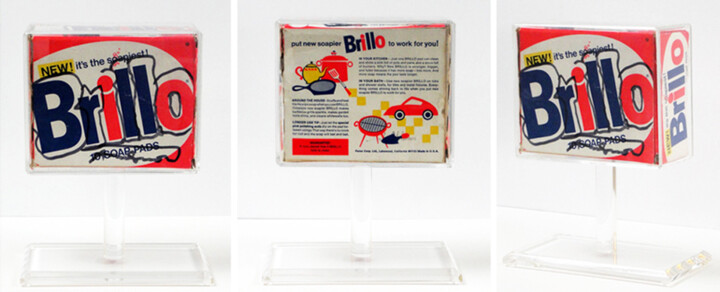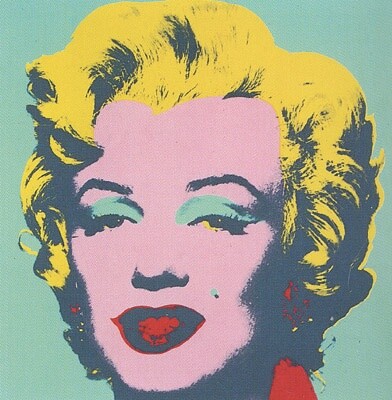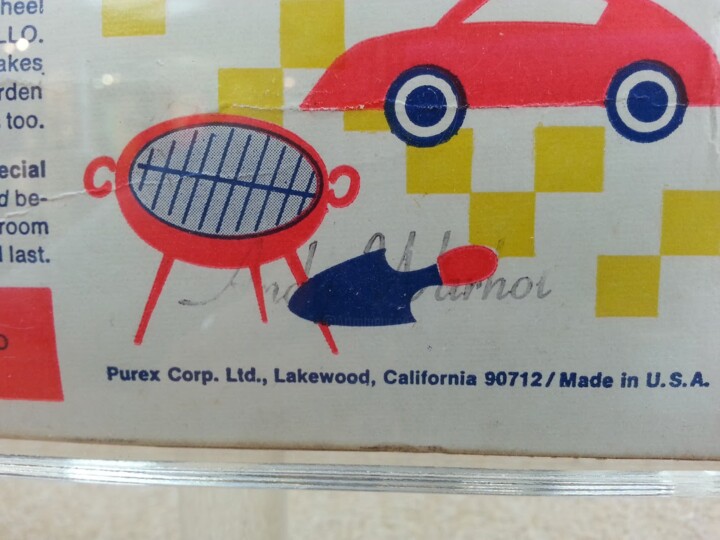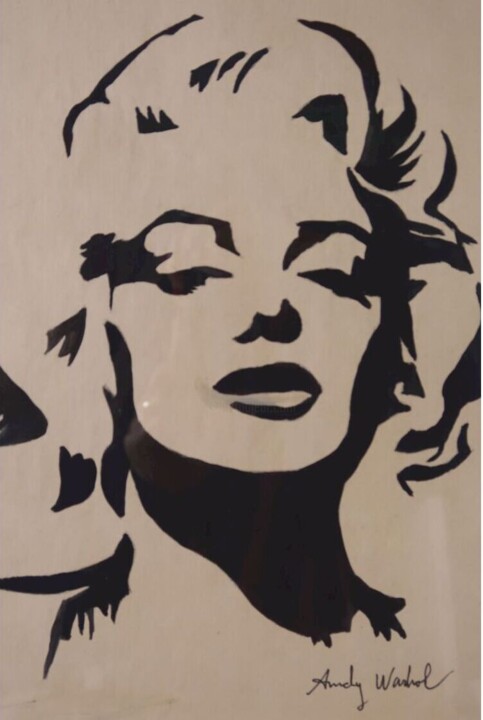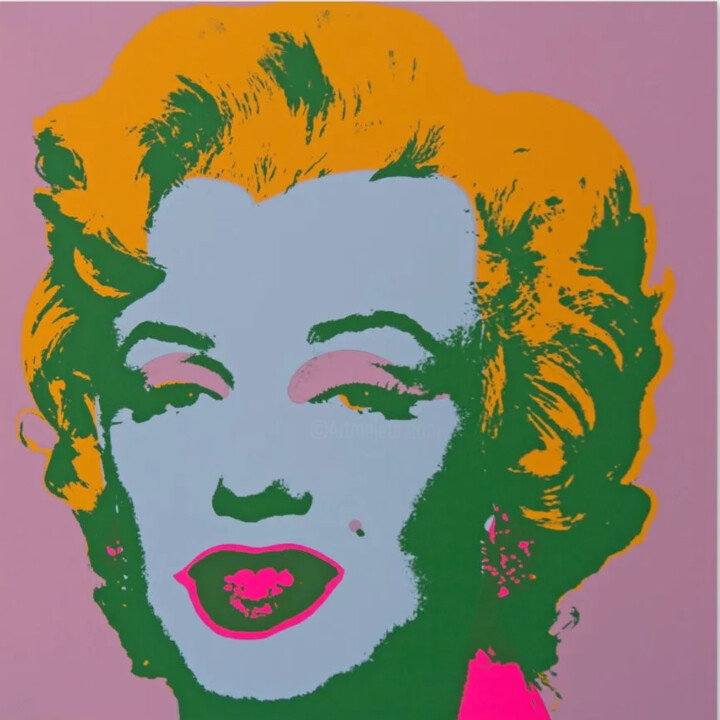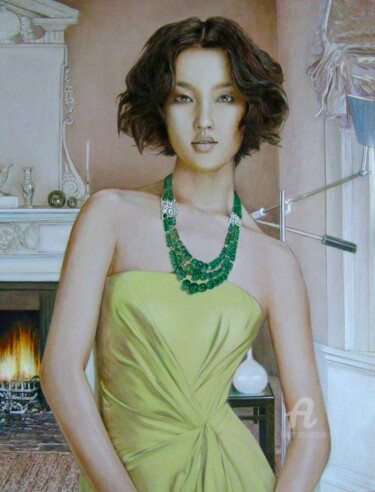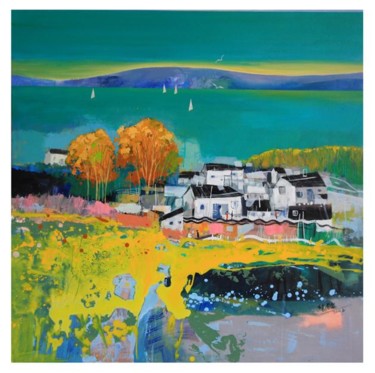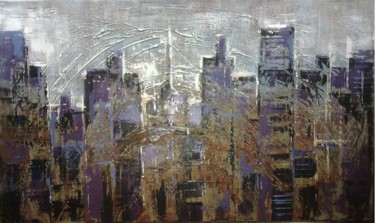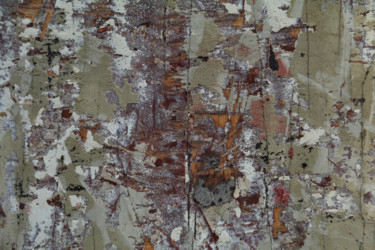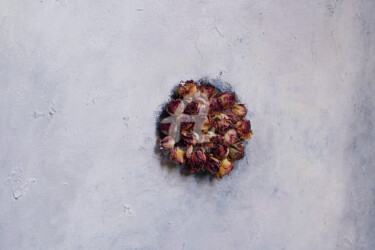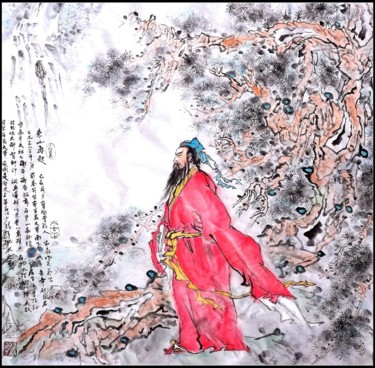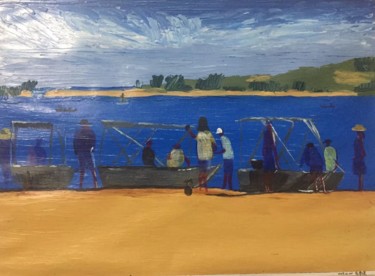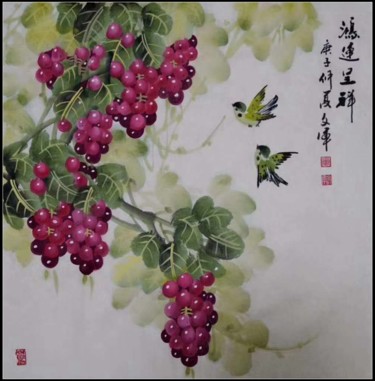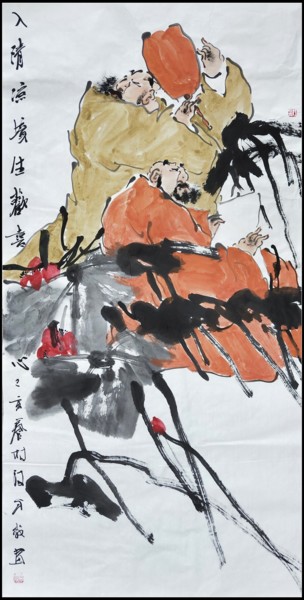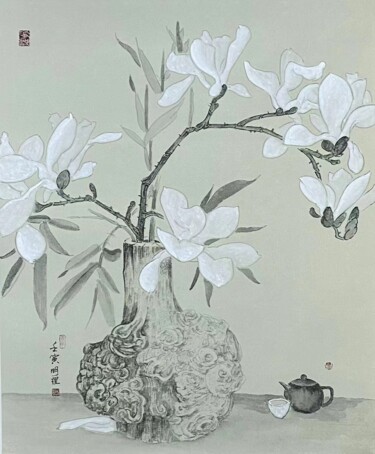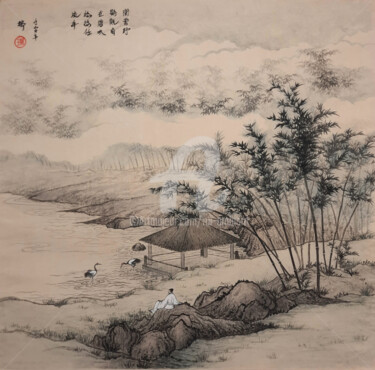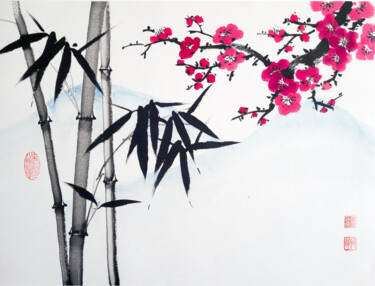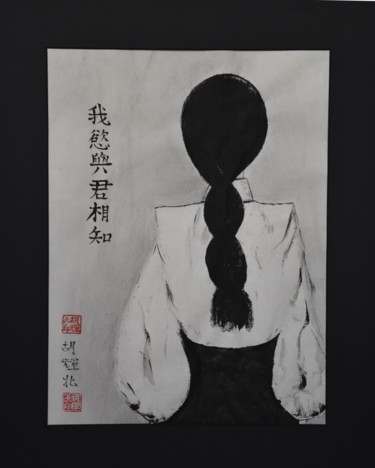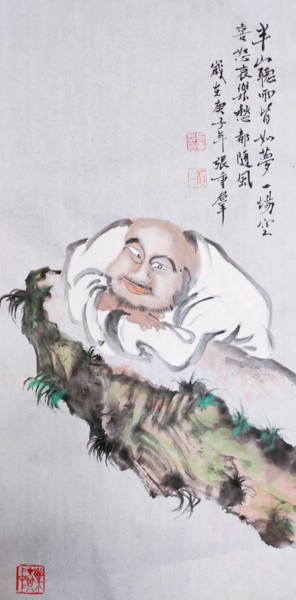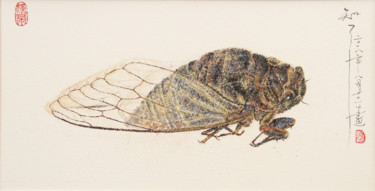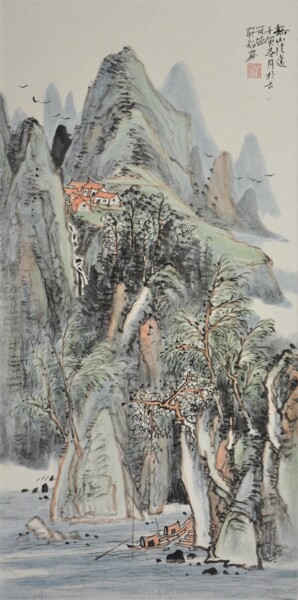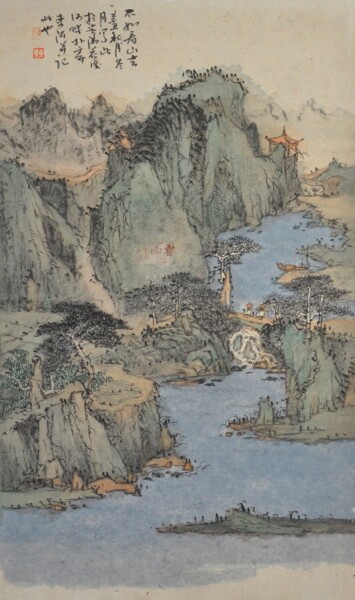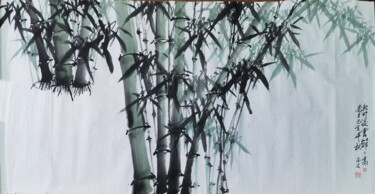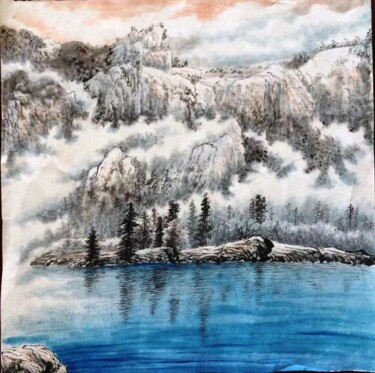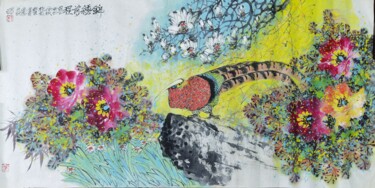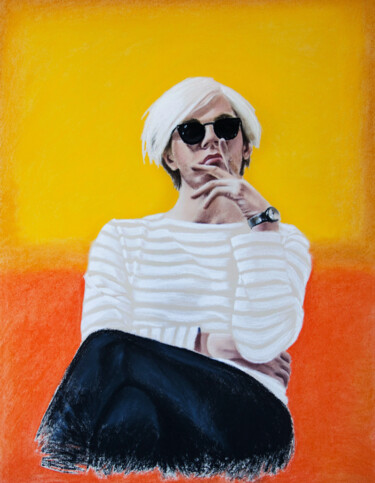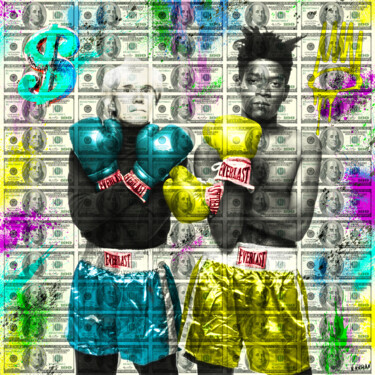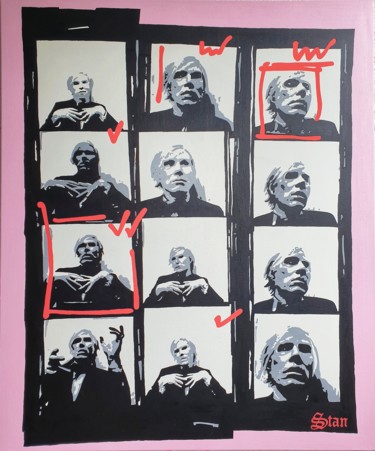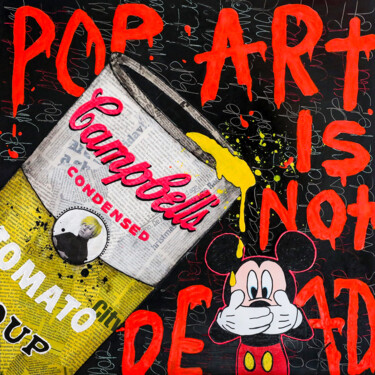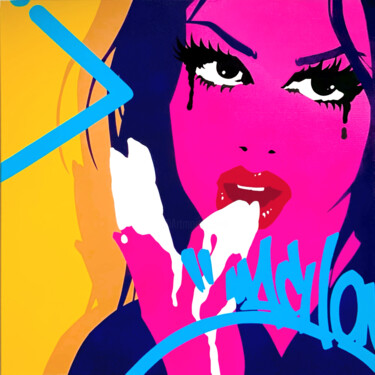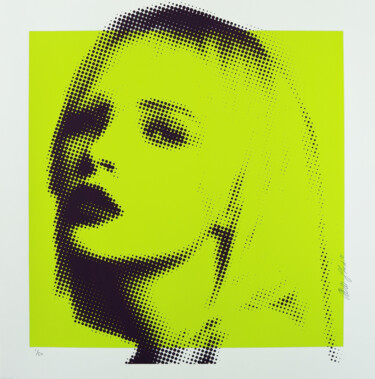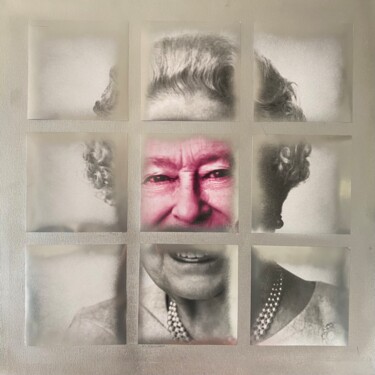Who is Michael Xufu Huang?
Michael Xufu Huang, born in 1994, is a prominent figure in China's art scene, known both as an art collector and a socialite. He played a pivotal role in establishing the M Woods Museum in Beijing's 798 Art Zone in 2015, and later, in 2020, he co-founded the X Museum located in Beijing's Chaoyang district. His endeavors in art collection have garnered significant attention, with The New York Times likening him to a "next-generation Jeffrey Deitch of China" in a 2017 profile.
Love of art
At the age of 16, Huang's passion for art blossomed, spurred by his parents' gift of a lithograph by Helen Frankenthaler for his sixteenth birthday in 2010. His journey into art collection commenced gradually in 2013, coinciding with his relocation to Philadelphia for university studies. While pursuing his education at the University of Pennsylvania, Huang, as a sophomore in 2015, co-founded the M Woods contemporary art museum in Beijing's 798 Art Zone, alongside fellow art enthusiasts Lin Han and Wanwan Lei. The museum, known for its focus on "internet-minded" artworks, showcased notable pieces by artists such as He Xiangyu and Olafur Eliasson. Its debut exhibition featuring Andy Warhol in 2016 garnered widespread acclaim. Huang's involvement in the art world expanded further that year when he became the youngest member of the board at the New Museum in New York City.
In the summer of 2017, Huang curated his inaugural major exhibition, "Heart of the Tin Man," which explored the influence of post-Internet culture on contemporary artists. However, in 2019, Huang announced his departure from M Woods, along with the withdrawal of his collection from the museum. Undeterred, Huang embarked on a new venture in 2020 by co-founding the X Museum in Beijing's Chaoyang district, focusing on Chinese contemporary art. Partnering with businesswoman Theresa Tse, the museum aims to serve as a platform for millennial artists and to showcase contemporary artworks shaped by the forces of globalization.
Reports in 2020 also highlighted Huang's involvement as a stakeholder in Mine Project, a commercial gallery in Hong Kong. He spearheaded its inaugural exhibition, "Cutthroat Kitchen," featuring the works of Chinese artist Zhang Zipiao.
In 2022, Bloomberg News reported on Huang's legal battle with art collector Federico Castro Debernardi. Huang alleged that Debernardi breached the terms of a sales agreement involving a Cecily Brown painting, which Huang had originally purchased from the Paula Cooper Gallery and subsequently resold to Debernardi with an additional commission. A settlement between Huang and the gallery reportedly occurred shortly before Bloomberg's report.
M Woods Museum
M Woods Museum, established in 2014 by collectors Lin Han and Wanwan Lei, is an independent, non-profit institution situated in Beijing's renowned 798 Art Zone. The museum's original location, M WOODS 798, occupies a converted munitions factory within the district. In 2019, M Woods expanded its footprint with the inauguration of a second venue, M WOODS Art Community, nestled in the historic Dongcheng district of Beijing.
The museum's name, as explained by Lin Han, holds personal significance, with "M" representing his mother's given name, Miao, while "Woods" evokes the English translation of Lin, symbolizing wood or forest.
Apart from showcasing its permanent collection, M Woods Museum offers a diverse array of year-round programming, including exhibitions, performances, music events, educational initiatives, and engaging talks. These activities aim to position contemporary art at the forefront of the city's cultural landscape. Recognized as a non-profit entity by the Chinese government in 2015, M Woods welcomed art collector Michael Xufu Huang as a co-founder the same year, at the youthful age of 22. However, in September 2019, Huang announced his resignation from M Woods Museum.
In 2019, Victor Wang assumed the role of the museum's inaugural Artistic Director and Chief Curator, ushering in a new chapter in M Woods' curatorial leadership.
As reported by Vogue, the permanent collection of M Woods encompasses a rich tapestry of artistic endeavors, boasting more than 300 pieces spanning classical and contemporary genres. Among its treasures are Tang dynasty sculptures, tantric paintings, and creations by acclaimed artists such as Firenze Lai, Ouyang Chun, Raoul De Keyser, Giorgio Morandi, Guido van der Werve, and Olafur Eliasson.
X Museum
Three years after its inception in May 2020, Michael Xufu Huang's X Museum in Beijing underwent a significant transformation, relocating to a new venue crafted by Studio NOR at Langyuan Station, a former textile factory adjacent to the 798 Art District. On the evening of May 27, amidst a glamorous galaxy-themed dinner and a charity auction in collaboration with Phillips, the revamped X Museum celebrated its official unveiling.
Enthusiasts of the ultra-contemporary scene would undoubtedly recognize familiar names among the artists featured in its inaugural exhibition: Jes Fan, Christina Quarles, Loie Hollowell, Nicolas Party, and more. The showcase comprised 49 artworks carefully selected from the museum's extensive collection of over 1,500 pieces, all orbiting around the themes of pink and the "post-pandemic epoch." Huang explained to Artnet News that the exhibition's concept, "101," aimed to offer visitors an introductory foray into contemporary art, akin to an entry-level college course.
As a patron and collector since the age of 16, Huang has attracted significant media attention due to his multifaceted involvement in the art world—from his early beginnings and opulent lifestyle to the establishment of the museum and his connection to the Netflix series "Inventing Anna," culminating in his recent endeavors in art acquisition. However, early 2022 saw Huang embroiled in controversy following a lawsuit involving the flip of a Cecily Brown painting he had acquired, thrusting him into the glaring spotlight. Despite the tumultuous saga, which led to two dealers retracting sales offers to Huang, the matter was resolved with a settlement and a public apology posted on his Instagram account.
The morning following the opening festivities, we accompanied Huang as he embarked on a tour of the museum in the light of day. Housed within a two-story structure originally serving as a sprawling textile warehouse, the museum now boasts an expansive exhibition space spanning approximately 3,000 square meters—a significant upgrade from its previous location. Natural light floods in from the roof, casting an ethereal glow upon the sleek gray walls, evoking a futuristic ambiance. Notably, the museum's restrooms are gender-neutral—a notable rarity in China, particularly within public institutions. At the entrance, a display board introduces the museum's "Board of Trustees," affectionately referred to as the "X-Men," while the Young Patron Circle is affectionately dubbed the "X Citizens."
Interview with Michael Xufu Huang
I'm intrigued by how X Museum managed to relocate within such a short timeframe. Could you shed some light on the process?
The decision to relocate stemmed from several factors. The previous architectural layout posed challenges in terms of curatorial design, and its distance from the city center hindered accessibility. Over the past three years, we've been focused on building awareness for the museum while accumulating invaluable experience and insights. Rather than dwelling on past investments, we recognized the importance of adapting to evolving needs and seizing opportunities for improvement. Hence, the decision to relocate was driven by a desire for positive change and growth.
After the pandemic, what have been the main challenges?
Undoubtedly, travel restrictions have presented the most significant hurdle for us. From the outset, our programs have been oriented towards international engagement, aiming to showcase Chinese artistic talent on a global stage. Many of our exhibitions have marked the debut solo shows for internationally acclaimed ultra-contemporary artists in China or Asia. Given the limitations imposed by travel constraints, we've had to strategize alternative methods to attract both domestic and international audiences.
It's evident that X Museum embraces unconventional methods in its operations, such as sponsoring athletes like tennis player Wu Yibing and launching initiatives like X Virtual. What drives your penchant for these innovative approaches?
I've always been drawn to exploration and experimentation, unbound by traditional paradigms. The pandemic afforded us the opportunity to reassess and innovate amidst challenging circumstances. Initiatives like the Lulu by X Museum residency in Mexico City, in collaboration with Chris Sharp, and the launch of X Virtual, exemplify our commitment to pushing boundaries. By inviting digital artists to create in virtual realms and fostering an incubator program, we strive to remain at the forefront of innovation in the art world.
Moreover, we recognize the evolving preferences of younger audiences in consuming information, art, and culture. This has inspired us to devise creative strategies for engaging a broader audience, both online and offline. Through initiatives like public education programs and unconventional exhibitions like "Art Takeaway," where we showcased Tong Kunniao's work by touring it in a van around Beijing's city center, we aim to democratize art and make it more accessible to all.
You're no longer serving as the museum director. What prompted this decision?
I wanted to enhance the museum's development by focusing on my strengths in content creation and strategic planning. To achieve this, I felt it necessary to bring in someone who isn't necessarily rooted in curatorial or artistic backgrounds but can excel in execution, operations, and event management.
Are there any role models or institutions you admire in the art museum field?
I admire the model adopted by the New Museum, where Lisa Phillips and Massimiliano Gioni effectively divide responsibilities. Gioni's artistic direction complements Phillips' strategic development, resulting in a well-coordinated approach. I envision X Museum not as a grand institution like the Met or MoMA, but rather as a hub for experimental and cutting-edge programs with a distinct identity.
What's the ideal atmosphere you envision for the museum?
I thrive on challenges and am invigorated by the pursuit of the new and unconventional. Our museum ethos revolves around shaping the new norm, enticing visitors with the promise of discovery and inspiration. From our museum's nomenclature to the launch of our mascot, we prioritize innovation. I hope visitors experience our unique brand identity through our architecture, exhibitions, and even the composition of our board and patrons, maintaining a distinctive character and coherence.
How do you foresee the future of X Museum?
I envision X Museum as a reflection of the zeitgeist, championing contemporary artists from around the world. Our aim is to be recognized as a forward-thinking institution that spearheads projects of significance. With our unparalleled collection featuring the finest works of leading ultra-contemporary artists, along with groundbreaking initiatives like X Virtual, I hope to establish us as the pioneering platform for digital art in China.
Has your perspective on art museums evolved over the years?
Initially, I believed art museums could sustain themselves financially. However, I've come to realize that the nonprofit model is more suitable. Our focus should be on building a solid platform for sustained growth and restoration.
Let's delve into the Cecily Brown deal controversy. Do you feel it was justified?
I believe the gallery and the artist bore the brunt of the fallout from that incident. While I acknowledge my role in the situation, I've learned the importance of setting boundaries and maintaining professional conduct.
Regarding the backlash from galleries, how do you respond?
Galleries have the prerogative to make their own decisions. However, I believe it's counterproductive to generalize based on isolated incidents. Mature and forward-thinking strategies prioritize individual artists' careers and program development.
Addressing comments about your role in art acquisition, what's your perspective?
Our collection comprises 1,500 pieces, with minimal sales during the pandemic. While I've facilitated purchases for friends, I don't view it as dealership but rather as assisting them.
How did you handle the negative feedback during that period?
Initially, it was challenging, but I received encouragement from many quarters. Despite some galleries retracting sales, I recognized that visibility comes with certain accomplishments and responsibilities.
You mentioned personal goals beyond the art world. Can you elaborate?
I'm eager to explore other interests, such as venture capital and horology, alongside my career in the arts. I aim to integrate these diverse pursuits into a cohesive professional framework.

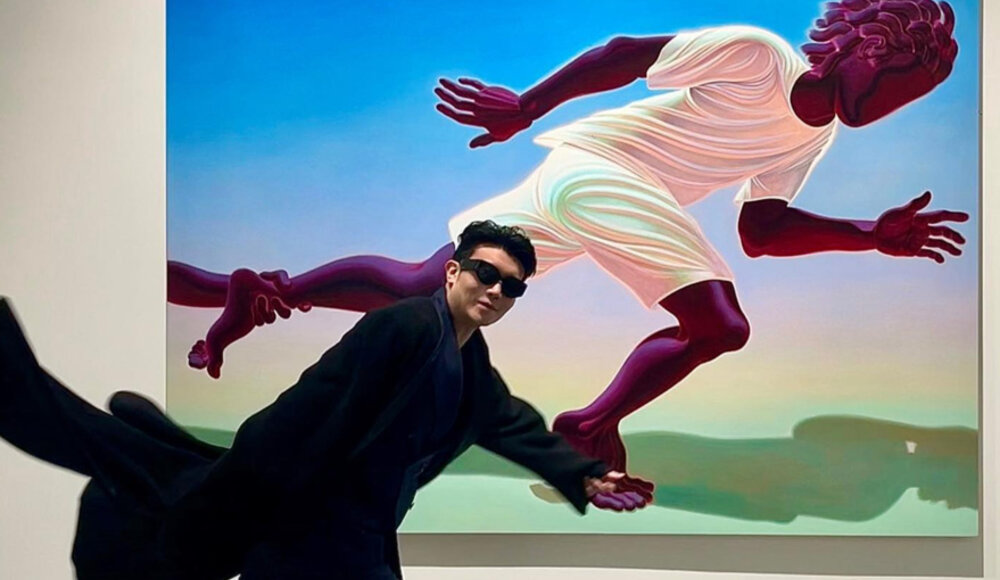
 Selena Mattei
Selena Mattei
